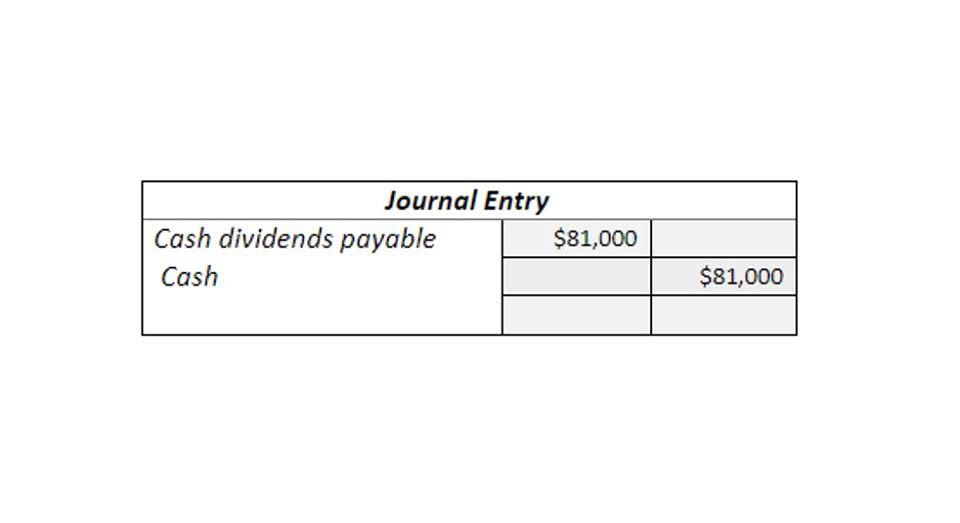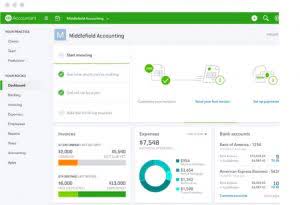Spend Analysis Explained: Tools, Tips, and Examples

In this module, you will learn the most important steps for collecting and preparing data, ensuring you know where to find your data and how to get it ready for analysis. We will guide you through categorizing your spend data to create clear visibility in your procurement processes. Effective classification organizes spending into meaningful categories that enable deep analysis. Commodity-based classification groups spending by product or service type.
Gain financial clarity and control
Embracing spend analysis provides organizations with valuable insights and improved procurement performance, enabling them to make more informed financial decisions and drive cost reductions and savings. The process grouped all purchases and categorized the suppliers by their holding companies. The analysis involved comparing the purchase order terms, quantities, and prices of stock bought bookkeeping from competing vendors. By conducting the analysis, Panther’s procurement team found that most of the suppliers were subsidiaries of the same parent company.
Step 2: Source Systems

Unlike dedicated spend analysis tools that offer automated data cleansing, classification, and reporting, Excel requires repetitive manual processes for updating and analyzing data. This lack of automation means that procurement teams spend more time on administrative tasks rather than gaining actionable insights. Spend analysis allows you to leverage data-driven insights to make strategic decisions that align with your organization’s goals and procurement strategy. Benchmark your performance internally across business units, locations, and categories to identify synergies and potential. Without timely data and holistic view of your supply chain performance, it’s impossible to make decisions that result in the best outcome for your business. It can extend to tracking supply-chain risk not just with the Tier-1 supply base, but to their suppliers to every tier.

Best Practices for Effective Spend Analysis in Procurement
Another common issue in Procurement Spend Analysis is dealing with messy data. Duplicates, typos, inconsistent naming conventions, or outdated information can compromise the accuracy of insights. The data needs Budgeting for Nonprofits to come in from all relevant sources and be easy to access when needed.

Performing spend analysis once and not continuously will lead to no change in your financial processes. Making spend analysis an ongoing process, not a one-off task, is vital to see long-term effects for your company. While one company might have set classifications for their spend data, their categorization might only work for some companies, even in the same industry.
However, ensuring that stakeholders have the right access to this data can be a challenge. Implementing user-friendly, secure data platforms that provide real-time insights to authorized users is key to overcoming this obstacle. Consolidating all your spend data can be a daunting task as the data is often spread in different languages and multiple languages. However, using a centralized platform makes this step much more manageable. The choice of formula depends on what insights you want to gain from your spend analysis and the data available.
- With dedicated training, a well-run transformation finishes more than half of its procurement projects on time or early.
- Tail spending is the portion of an organization’s spending comprising small, infrequent purchases.
- It enhances transparency regarding risks, such as foreign exchange fluctuations.
- The basic premise is to identify the major difference between the supplier’s estimate and yours, determine the root cause of that gap, and collaborate with the supplier to resolve it.
- Identifying a baseline for spend within each category allows you to track future spend against the baseline.
- It helps your organization to recognize areas that need optimization in their procurement strategies in order to save money and make more profit.
Now analyze the data!

Through the spend analysis process, spend data is identified from all data sources to aggregate it, cleaned for errors and consistency, including standard formatting, and centralized. Purchase order payment terms, prices, and quantities of inventory purchased from these vendors are compared to competing vendors in the system. As a spend analysis example, a multi-entity manufacturing company places inventory parts orders with vendors from different business units of a Fortune 500 company. In its spend analysis review, suppliers are grouped by their parent company and spending categories. These raw inventory purchases are considered direct spend by the manufacturer preparing a comprehensive spend analysis. With a detailed understanding of expenditure trends, organizations can negotiate better terms with suppliers, ensuring optimal service delivery and value for money.
Increased spend visibility
APriori ensures that you have actionable insights to improve your cost-based business decisions. The spend analysis process involves collecting, cleansing, classifying, automated spend analysis and analyzing spend data. Organizations can cut procurement costs, improve efficiency, enhance supply chain management, and monitor controls and compliance. Additionally, learn how procurement teams can use detailed spend analytics to streamline processes, capture cost savings, and advance strategic sourcing to help increase profitability. This involves presenting your data and the results of your data analysis. The data and insights are usually reported back to key stakeholders in the company in a clear, concise and easily digestible manner.



